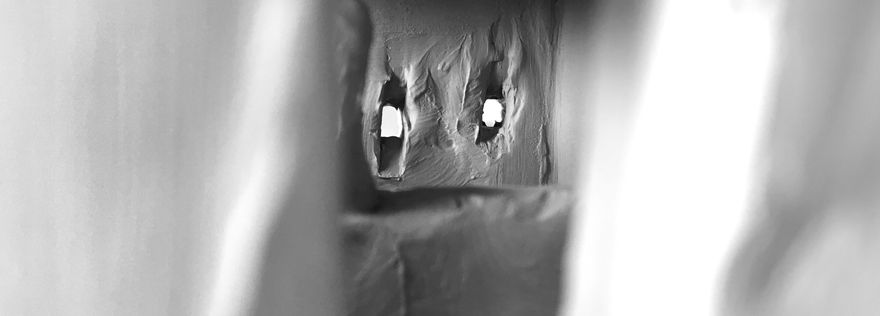top of page
THE BASCULE BEACON
FOLLY _ PROCESS & EXPERIMENTATION
Welcome to this online scrapbook of traditional and non-traditional experiment souvenirs.
It is still a work in progress, therefore it is here to give you a small impression of experimentation (thoughts). Furthermore, it is almost impossible to exactly document the experimentation process. Because, it is not a linear process. Information, generated ideas and design decisions are constantly re-evaluated, thus recurring in the process.
Most photos and sketches are clickable or moveable.
So please take a scroll and explore!


PODCAST
Memories of the Dieze Brug
By asking myself, "What do you remember of the Diezebrug?" I explored my memories. Due to the podcast format I was forced to react spontaneously and tell it more lively as if I had an audience. The latter, I suspect, caused me to verbalize experiences in regarding my senses. In dutch we would say, she told it 'in geuren en kleuren'. The result was an explicit notion of the sounds and atmposhere around the bridge. I realised that it is a place where no one ever stands still. Most likely due to the dominance of noisy and stinky cars. It is a place you want to pass.
However... the birds sit still in their tree. Chirping their best song. Boats go by and the water is at ease. The views are stunning and the road is leaving.
The dividing line that ones was a bridge, becomes points.
Should this not become a point to experience? A point to move to and stand still.
These sketches reflect a search for a form and material language, but it also collects more ideas about sound. The latter was initiated by the podcast.
Later in the process, I re-interpreted the podcast. From sound to movement. In my final theme, experience by moving through spaces and standing still plays a big role.
After e-mailing the municipality I came in contact with Ad who provided me these historical images and plans. In the podcast, but also in later experiments, discover more and more existing qualities. This inspired me to further delve into the existing. Not only, what am I going to make of it? But also, what was it before? Why was it built?
In the end, this provided me with lots of ideas on how to amplify the current qualities in a, to the location, sensitive way.

RHINO

EXPLORING
THROUGH
MODELLING
I combined the non-traditional tools with traditional tools. Often to test or externalize ideas. For example, to process information from the historical documents into 3D. Getting grip of dimensions, but also looking for design opportunities.
BASCULE VISIT
TOUCH
PHOTOGRAPHING
WALKING
RYTHM
lISTENING
LIGHT
FRAMING
SHADOW
FILMING




1/5
The visit inside the bascule bridge played a big role in the development. The light coming through the roof and the basement. The corroded bolt fitted the scene. The darkness in contrast with light coming through the door and reflecting upon the stairs. This lead to an increased sensitivity of light and material. Also, it lead to an realisation that there does not need to happen much to make this an impressive space to experience.
Part of the concrete bascule basement
in 1:20 scale clay model.
Testing size, light and mass.




LIGHT Play IS KEY
Exploring light and texture
by making three less to more open
sketch models in clay.
Light enters aside
Slits the roof of concrete walls
letting summer in
AFTERMATH

Water
unpolished
WORK
Though
Dirty
Filming and photographing the clay experiments changed the focus from result to process. And, in this process, is where I developed the most ideas. For example, the water and clay match well, just as the pillars do with the water. This experiment was the main reason why I wanted to include water inside the bascule basement. As to give it more focus, because the Bossche Stadsdelta is water. Another example, is the fact that, while filming, the light changed in my room because the day passed. I found the contrast of the heavy dark grey clay (or concrete) with the light light interesting. Both can be seen back in the sketches I made afterwards.
This is, for now, a small insight into the experimentation process.
Thank you for exploring here, and please reach out to me for more information, questions and suggestions!
bottom of page





